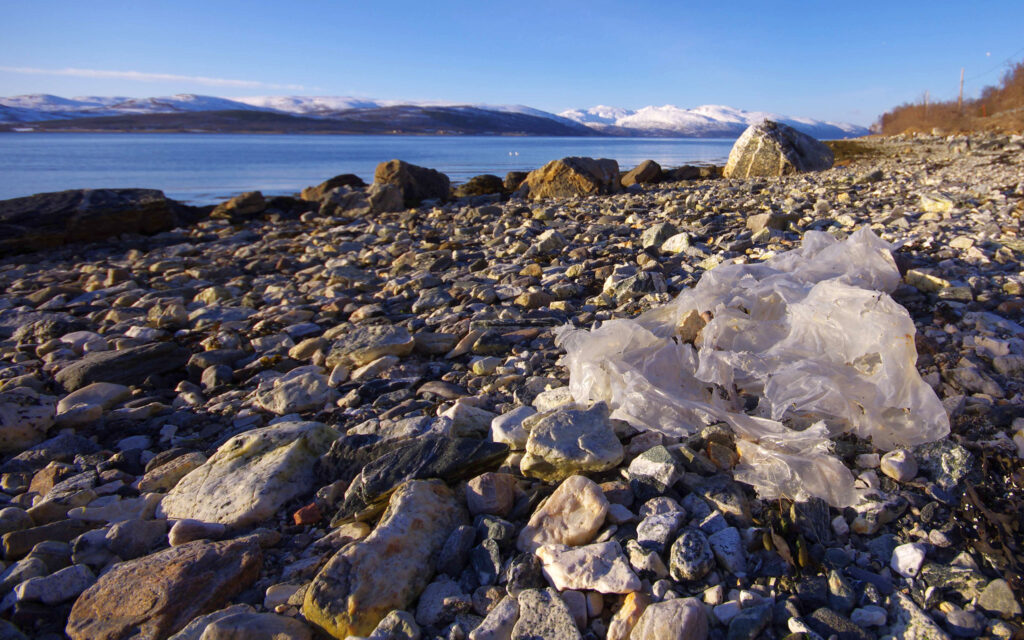
According to estimates, by 2040 there will likely be nearly 90 million tons of plastic pollution entering the environment each year. Particles of plastic have been found in virtually all parts of our planet including the land, the water, and even the air. Tiny plastic particles have been found in the Arctic, the Antarctic, and at the tops of the highest mountains.
A new study has shown that winds can carry plastic particles over great distances and in fact can bring them from their point of origin to the most remote places in a matter of days. As a result, micro- and nanoplastics can penetrate the most remote and otherwise largely untouched regions of the planet
How does plastic get into the atmosphere? Particles produced by tires and brakes in road traffic or ones in the exhaust gases from industrial processes rise into the atmosphere, where they are transported by winds. There is also evidence that a substantial number of these particles are transported by the marine environment. Microplastic from the coastal zone finds its way into the ocean through beach sand. A combination of sea spray, wind, and waves forms air bubbles in the water containing microplastic. When the bubbles burst, the particles find their way into the atmosphere.
Understanding the interactions between the atmosphere and ocean is important because the atmosphere turns out to be a major mechanism in depositing substantial amounts of plastic into a broad range of ecosystems.
The impact of plastic particles on ecosystems is not well understood. Neither is the effect of plastic particles in the air upon human health. In a recent British study, microplastic was detected in the lungs of 11 out of 13 living human beings.
**********
Web Links
Micro- and nanoplastic from the atmosphere is polluting the ocean
Photo, posted April 25, 2016, courtesy of Bo Eide via Flickr.
Earth Wise is a production of WAMC Northeast Public Radio.
Leave a Reply